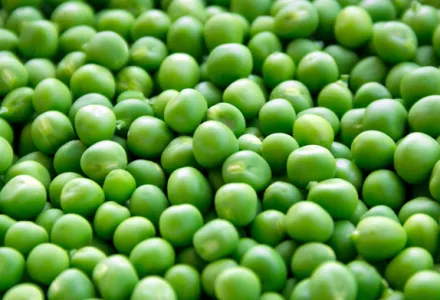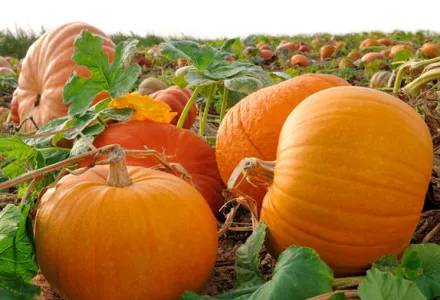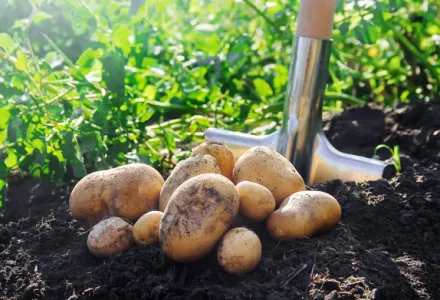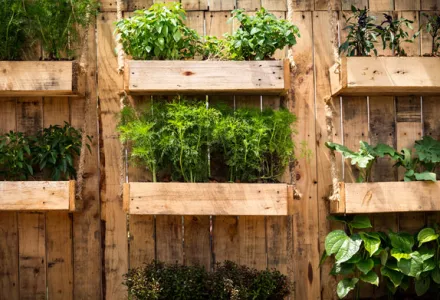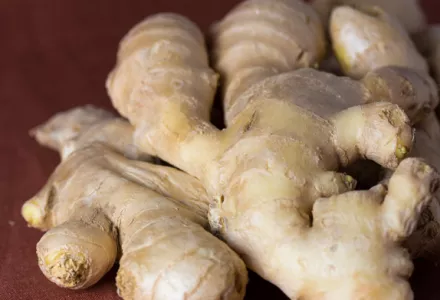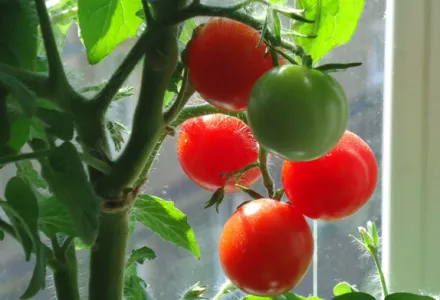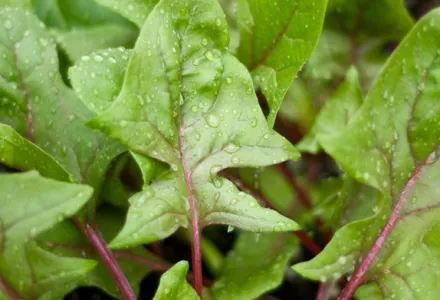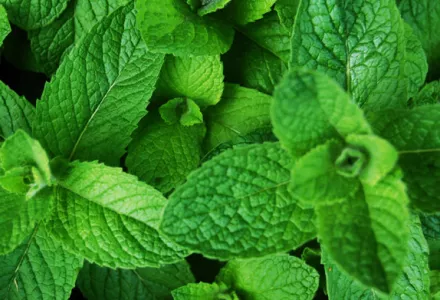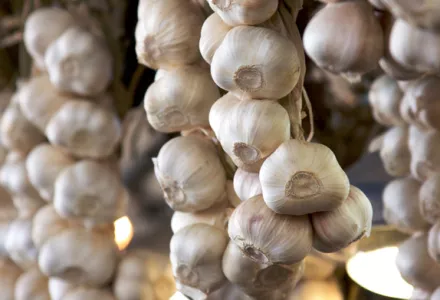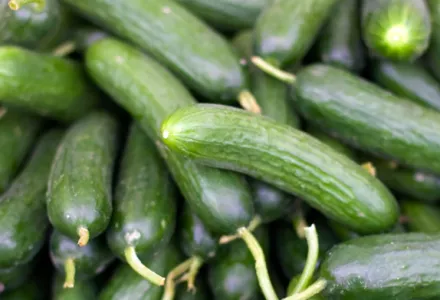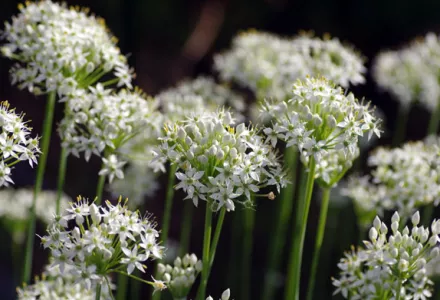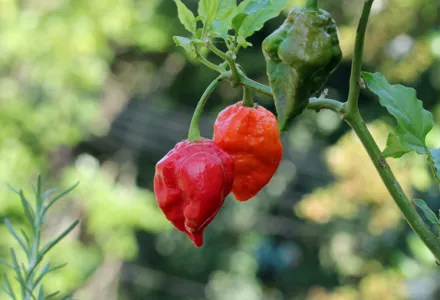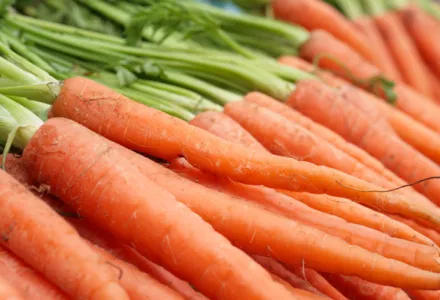Once again, we’re going to look at a fruiting vegetable – chilli peppers this time. Chilli peppers just seem to grow and grow in popularity all around the world. There are ‘Chiliheads’ all around the globe, as well as a lot of chilli festivals.
The chilli pepper originated in Central and South America. The Incas and the Aztecs were cultivating these crops as early as 7,000 B.C., but Europeans only came into contact with the chilli pepper after Columbus discovered America. Since then, over 3,000 registered species have been developed. Of these, five are widely cultivated: Capsicum annum, Capsicum chinense, Capsicum baccatum, Capsicum frutescens and Capsicum pubescens. All have their own special characteristics. India is currently the world’s largest chilli producer.
- CAPSICUM ANNUUM
Annuum means annual, but strictly speaking this is incorrect since under the right conditions, these chilli plants can be kept for years. This variety of chilli is the easiest to grow. Most common chillies belong to this variety: Bell Pepper (paprika), jalapeño, cayenne pepper, Serrano and all “waxed” peppers. The flowers are creamy white. - CAPSICUM BACCATUM
Baccatum means “berry-like”. In South America, this variety is known as Aji. They have quite a fruity flavour. These plants can grow very large, and a height of 5 ft. can easily be reached. It may not be the most appropriate plant for indoor growing, but it is easy to grow, so very suitable for beginners! The flowers of this variety have spots on their petals. - CAPSICUM CHINENSE
Chinense means “from China” but this is not actually true because the peppers originated in the Amazon region in South America and the Caribbean. The chillies that belong to this variety are of the hottest of them all: the habanero, Red Savina, Madame Jeanette and Scotch Bonnet. The C. chinense needs a humid environment, because they are a tropical variety. They grow rather slowly, need a relatively long summer and can take a long time to germinate. The leaves are rather wrinkled and multiple fruits develop at every node. Their aroma is also slightly fruity, similar to apricots.
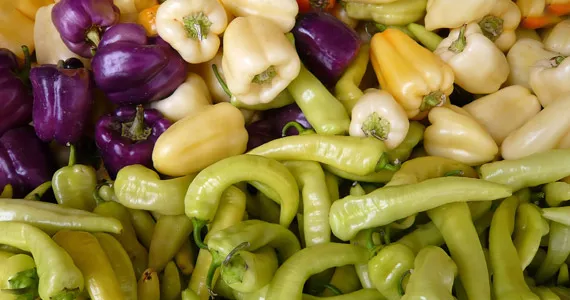
- CAPSICUM FRUTESCENS
Frutescens means “bushy” or “shrubby”, which describes this variety quite accurately. The flowers of this plant are greenish. They are quite compact with many branches and grow from 1 to 4 ft. tall, depending on the weather conditions. The most famous chilli belonging to this group are Tabasco and Bird’s Eye chillies. - CAPSICUM PUBESCENS
Pubescens means “hairy”, and this also describes the plant quite accurately. The flowers of this plant are purple and the seeds black. Since they originated in the mountains, they can withstand colder conditions quite well. The peppers belonging to this variety are the Rocotos, which resemble sweet peppers – that’s something to remember to avoid “spicy” mistakes! This variety needs a long time to grow and flower plus a great deal of light every day. Above all, the temperature margin for growing is limited, so, all in all, this is not really an easy crop to grow!
Harvesting
Harvesting chilli peppers can be done in the same way as with sweet peppers: the unripe green ones can already be used for cooking. The red ones are ripe and will give you that fiery flavour. You can use chillies fresh or dried. When you dry them, put them in a warm and dry place, such as in a saucer on the windowsill. As soon as they are brittle, they are dried properly. After drying, they can be kept for as long as a year. Another way to conserve chillies is to freeze them.
Cooking
When preparing chillies, you need to take some precautions to avoid irritating your hands or eyes. When preparing chillies for your meal, it is better to remove the seeds. Watch out for your hands when doing this, because it is easy to burn them! Avoid any contact with your eyes too, as this can be very painful. You can eat the chillies either raw or cooked, depending on your preference. Make a salad, a sauce or a soup and enjoy!
Qualities
Chillies are also good for your health. They can cure a cough, relieve toothache and help with indigestion. They are also ideal for getting rid of a hangover! Eating chilli sauce with garlic can act as a painkiller.
But beware:
- Consuming too many chillies can cause injuries to your stomach or intestines
- The seeds of the peppers can be poisonous
- When you use peppers as a compress, do not leave it on your skin for too long, otherwise you will get blisters
- Do not allow children to put chillies in their mouth
Growing
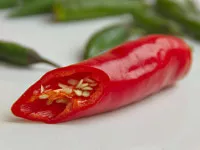
Chillies come in a whole range of sizes, from just 1 inch to half a foot! They also come in many different colours: yellow, orange, red, green, purple and brown! Not all varieties of chillies are easy to grow. If you’re looking for quick results, growing chillies is probably not for you! Obviously, to grow plants, you need seeds. You can separate the good seeds from the bad by plunging them into water. All the seeds that float can be discarded as they will probably not germinate. Peppers need a high temperature (above 77°F), mild nights and a lot of light. They also like to be rooted in an airy soil and need to be fed on a regular basis. If you don’t want the different varieties to pollinate each other, you can cover the flower bud with an empty tea bag before it opens. Tapping it daily will help the flower to fall off. Once the flower turns into a fruit, you can remove the tea bag.
Did you know
Chillies are full of vitamins. One fresh medium-sized green chilli contains as much vitamin C as 6 oranges. One teaspoon of dried red chilli powder contains your daily requirement of vitamin A. Hot chilli peppers burn calories by triggering a thermodynamic burn in the body, which speeds up your metabolism. Chillies are not really ‘hot’. Eating a chilli triggers the pain receptors located in your mouth, nose and stomach. These tell your brain that you’ve eaten something ‘hot’, so that it will flush your body with water. You break into a sweat, your nose starts to run and your eyes cry. Chilli festivals are held all over the world. These festivals usually include chilli eating contests. Chilli lovers are also known as Chiliheads. In Samoa, the pepper is one of the ingredients of Kava, a love potion for virility.
Hot or not?
As you may well know, the ‘heat’ in chilli peppers can actually be measured using special units called Scoville Heat Units (SHU). These measure the capsaicin in the peppers. It is the capsaicin that is responsible for the fiery sensation in your mouth and/or stomach. It is measured as 1 part capsaicin per 1,000,000 drops of water (about 1 gram per 700 litres of water). This is rated as 1.5 SHU.
Chillies can be rated as follows:
- From 0 SHU (like paprika) to 2,500 SHU (Tabasco sauce)
- From 2,500 SHU to 5,000 SHU (Jalapeño)
- From 5,000 SHU to 50,000 SHU (cayenne, tabasco, aji)
- From 50,000 SHU to 100,000 SHU (Rocoto)
- From 100,000 SHU to 500,000 SHU (Scotch Bonnet, Habanero, Red Savina)
- From 500,000 SHU to 1,000,000 SHU (Naga Jolokia, Naga Morich)
- USA Police pepper spray: 5,000,000 SHU
- Pure Capsaicin : 16,000,000 SHU

